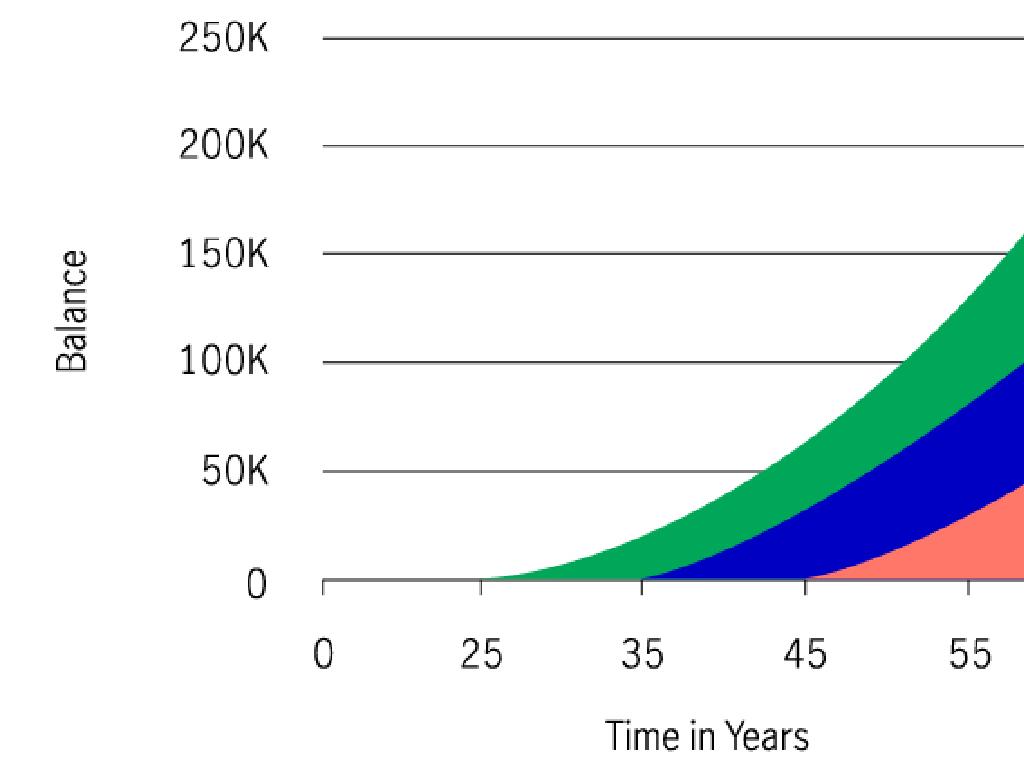Interpret Line Plots
Subject: Math
Grade: Fourth grade
Topic: Data And Graphs
Please LOG IN to download the presentation. Access is available to registered users only.
View More Content
Interpreting Line Plots
– What is a line plot?
– A line plot displays data along a number line with Xs above numbers.
– Reading data from line plots
– Count the Xs to determine how many times a value appears.
– Importance of line plots
– Helps us summarize and analyze data quickly.
– Practice interpreting line plots
– We’ll use examples to learn how to interpret.
|
Begin the lesson by explaining what a line plot is and how it is set up with a number line and Xs to represent data points. Emphasize the importance of line plots in summarizing large amounts of data in a visual format that is easy to understand and analyze. Explain that being able to interpret line plots is a key skill in math that helps with understanding trends and making predictions. Provide students with several examples of line plots and guide them through the process of interpreting the data. Encourage them to ask questions and to try creating their own line plots with data they collect.
Understanding Line Plots
– What is a line plot?
– A graph showing data frequency on a number line
– Organizing data visually
– Helps to easily see and understand data distribution
– ‘X’ marks on a line plot
– Each ‘X’ represents one occurrence of a data point
– Interpreting the plot
– Learn to read and summarize the information shown
|
A line plot is a simple yet powerful tool for displaying data in a visual format that fourth graders can easily understand. It’s constructed by marking an ‘X’ above a number on a number line each time that number appears in the data set. This helps students to quickly see how often each value occurs, making it easier to compare frequencies and identify trends. When interpreting the plot, students should be able to count the ‘X’s to determine the frequency of data points and summarize the information. Encourage students to create their own line plots using data from classroom activities or their own observations to reinforce the concept.
Parts of a Line Plot
– Understand the number line
– A number line represents the scale of values for our data.
– Learn how to mark data points
– Each ‘X’ above the number line shows how often a value occurs.
– Recognize the importance of the title
– The title explains what information the line plot is showing us.
– Interpret data from the plot
– By looking at Xs, we can tell which values are most or least common.
|
This slide introduces the basic components of a line plot, which is a type of graph useful for showing frequency of data. Start by explaining the number line, which is the foundation of the line plot and shows the scale of values. Then, demonstrate how to mark data points with Xs above the number line, emphasizing that each X represents one occurrence of a value. Discuss the significance of the title in giving context to the data being represented. Finally, guide students on how to read the line plot and interpret the data, such as identifying which values appear most often or least often. Encourage students to practice by creating their own line plots with classroom data, like favorite fruits or shoe sizes.
Creating a Line Plot
– Collect data from a survey
– Ask friends about their favorite fruits and tally the results
– Choose a scale for the number line
– If you have 10 or fewer, count by ones; if more, count by twos or fives
– Label your number line accurately
– Make sure each number is evenly spaced and written clearly
– Plot data with Xs on the number line
– For each survey answer, place an X above that number; stack Xs for repeats
|
This slide is aimed at guiding students through the process of creating a line plot. Start by explaining the importance of collecting data through methods like surveys or experiments. Emphasize the need for a well-chosen scale that fits the range of the data. Labeling the number line is crucial for clarity and understanding. When plotting the data, demonstrate how each ‘X’ represents one instance of a data point, and how stacking Xs can show frequency. Encourage students to be precise in their plotting. As an activity, students could conduct a simple survey among classmates and create a line plot based on the collected data. This hands-on experience will solidify their understanding of line plots.
How to Read a Line Plot
– Count Xs for data frequency
– Each X represents one occurrence of a value
– Compare data point frequencies
– See which value has the most or least Xs
– Use data to answer questions
– What can we learn from the number of Xs?
– Practice with class examples
– We’ll look at examples together in class
|
This slide is aimed at teaching students how to interpret line plots. Start by explaining that a line plot is a way to display data visually, where each X on the plot represents one instance of a data point. Show them how to count the Xs to determine the frequency of each data point. Then, guide them to compare frequencies to see which data points occur most and least often. Use questions about the data to help them practice interpreting the information. For example, ‘How many students received a score of 80 on the test?’ Finally, go through a few examples as a class to ensure understanding. Encourage students to ask questions if they’re unsure about how to read the plot.
Class Shoe Sizes: Understanding Line Plots
– Review class data on shoe sizes
– Find the most common shoe size
– The shoe size that appears most often is the mode
– Discuss patterns in shoe sizes
– Are larger sizes more common? Do we have a range of sizes?
– Observe any unusual data points
– Look for outliers or sizes not frequently worn
|
This slide is aimed at helping students interpret line plots through the practical example of analyzing shoe sizes within their class. Begin by reviewing the collected data on shoe sizes and show how this data can be represented on a line plot. Guide students to identify the most common shoe size by finding the mode on the plot. Encourage a discussion on any noticeable patterns, such as whether larger or smaller sizes are more common, and the range of sizes present. Also, prompt them to observe any unusual data points or outliers that could make the activity more engaging. This exercise will not only help them understand line plots but also give them insight into data analysis and interpretation.
Practice Time: Create Your Own Line Plot
– Collect class favorite fruit data
– Create a line plot with the data
– Mark an ‘X’ above each fruit for every vote it gets
– Interpret your line plot
– What does your plot tell you about our favorite fruits?
– Share your findings with the class
|
This activity is designed to give students hands-on experience with line plots. Start by having a class discussion to decide on a list of fruits to include in the survey. Then, each student will tally the class’s favorite fruits and create their own line plot using the collected data. Encourage them to think about what the data shows: which fruit is the most popular, which is the least, and how many votes each fruit received. After creating their line plots, students will interpret the data and present their findings to the class. This will help them understand how line plots can be used to represent data visually and make it easier to interpret. Provide guidance on how to draw a line plot and ensure each student understands how to read it.
Class Activity: Fruit Line Plot
– Collect favorite fruit data
– Create a line plot using the template
– Use the class template to organize the fruit data into a line plot
– Share and explain your line plot
– Present your plot to the class, explaining the data points
– Discuss what the data tells us
– What patterns do we see? Which fruit is most popular?
|
This activity is designed to help students understand how to collect data and represent it visually using a line plot. Divide the class into small groups and have each group ask about favorite fruits among their members. Provide a template for students to use in creating their line plots, which will help them organize the data they’ve collected. Once completed, each group will share their line plot with the class and explain what the data shows, such as the most and least popular fruits. Encourage students to discuss the patterns they observe and what they can infer from the data. Possible variations of the activity could include comparing favorite fruits by season, or combining class data to create a larger line plot.
Mastering Line Plots
– Congratulations on learning line plots!
– Line plots simplify data comparison
– Visual representation helps us see trends and make comparisons quickly
– Practice makes perfect in data interpretation
– The more you work with line plots, the better you’ll understand them
– Aim to become a data expert!
|
This slide is meant to congratulate the students on their hard work in learning how to interpret line plots. Emphasize the usefulness of line plots in organizing numerical data and making it easier to understand and compare. Encourage the students to keep practicing with different sets of data to become more comfortable and proficient in data interpretation. Remind them that becoming a data expert is a valuable skill and with consistent practice, they can achieve it. You can suggest they create line plots for daily temperatures, class test scores, or even track their own reading progress.





